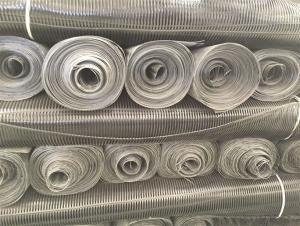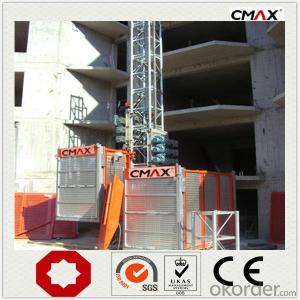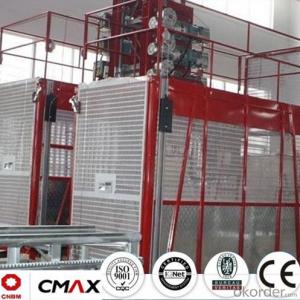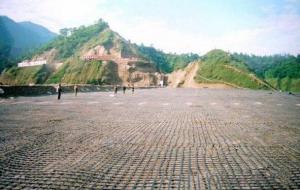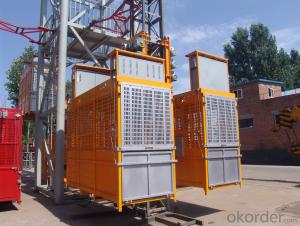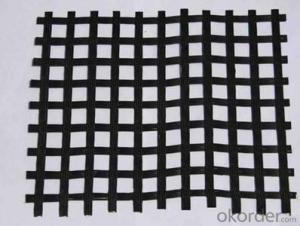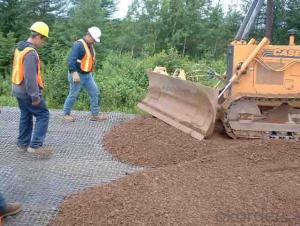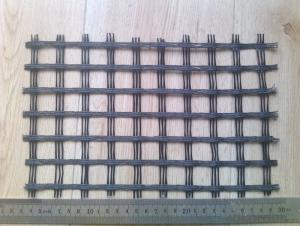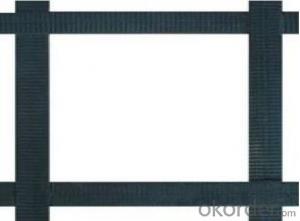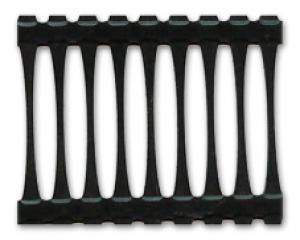Tensar Triax 160 Geogrid
Tensar Triax 160 Geogrid Related Searches
Led For Cannabis Growing Fiberglass Sheets For Roofing Geogrid For Road Construction Geogrid For Erosion Control Geogrid For Soil Stabilization Geogrid For Horse Paddocks Geogrid For Gravel Geogrid For Pavers Geogrid For Steep Slopes Geogrid For DrivewaysHot Searches
Tensar Geogrid For Sale Tensar Triax 160 Geogrid Price Tensar Ss40 Geogrid Price Tensar Tx160 Geogrid Price Triax Geogrid Price Tensar Triax Tx160 Price Tensar Tx160 Price Tensar Type 2 Geogrid Tensar Structural Geogrid Tensar Geogrid Installation Tensar Geogrid Suppliers Tensar Bx 1200 Geogrid Tensar Tx 130 Geogrid Tensar Triax Tx 140 Geogrid Tensar Biaxial Geogrid Bx1200 Tensar Biaxial Geogrid Bx1500 Fiberglass Scaffolding For Sale Fiberglass Panels For Sale Fiberglass Greenhouses For Sale Geogrid Fabric For SaleTensar Triax 160 Geogrid Supplier & Manufacturer from China
Okorder.com is a professional Tensar Triax 160 Geogrid supplier & manufacturer, offers integrated one-stop services including real-time quoting and online cargo tracking. We are funded by CNBM Group, a Fortune 500 enterprise and the largest Tensar Triax 160 Geogrid firm in China.Hot Products
FAQ
- Yes, geogrids are suitable for use in mechanically stabilized earth walls. Geogrids are commonly used in these types of structures as they provide reinforcement and enhance the stability of the earth walls. They help distribute loads and improve the overall strength of the structure, making them a suitable choice for mechanically stabilized earth walls.
- How many square meters of geogrid?
- A grille is made of polypropylene, PVC polymer and thermoplastic or molded by two-dimensional grid or a certain height of the three-dimensional mesh screen, when used as a civil engineering, called geogrid.
- Geogrids offer several advantages in flexible pavements. Firstly, they enhance the stability and load-bearing capacity of the pavement by distributing the load more evenly and reducing the stress on the underlying layers. Additionally, geogrids improve the overall durability of the pavement by preventing rutting and cracking caused by traffic and environmental factors. They also help in reducing the thickness of the pavement layers, resulting in cost savings. Moreover, geogrids facilitate faster construction, as they can be easily installed and provide immediate reinforcement. Overall, geogrids enhance the performance and longevity of flexible pavements, making them a preferred choice in road infrastructure projects.
- What is the price of 50kN two-way geogrid
- There are several kinds of 50KN two-way grille
- Yes, geogrids can be used in retaining walls for recreational areas. Geogrids are commonly used in retaining walls to reinforce and stabilize the soil, providing additional strength and stability to the structure. This is particularly important in recreational areas where safety is a priority, as geogrids help prevent soil erosion and potential collapse of the retaining wall.
- Geogrids and geonets are both geosynthetic materials used in civil engineering and construction, but they differ in structure and function. Geogrids are typically made of high-strength polymer materials, such as woven or knitted polyester or polypropylene, and have a grid-like structure. They are used to reinforce soil and provide tensile strength to the ground. Geogrids distribute loads over a wider area, reducing soil settlement and improving stability. They are commonly employed in applications like retaining walls, roads, embankments, and slopes. On the other hand, geonets are formed by extruding polymeric materials into a net-like configuration. They have a three-dimensional structure characterized by interconnected voids or channels. Geonets are used for drainage purposes, providing a pathway for liquids to flow through the material while preventing clogging. They are commonly used in applications such as landfill liners, subsurface drainage systems, and erosion control. In summary, the main difference between geogrids and geonets lies in their structure and function. Geogrids provide reinforcement and tensile strength to the soil, while geonets facilitate drainage and prevent clogging.
- Introduction of steel plastic grille
- By a single band,
- Yes, geogrids can be used in road widening projects. Geogrids are commonly used in road construction and rehabilitation projects as they provide a stable base, reduce soil movement, and improve the overall performance of the road. In road widening projects, geogrids can help reinforce the existing road structure, increase load-bearing capacity, and prevent the potential failure of the widened sections.






